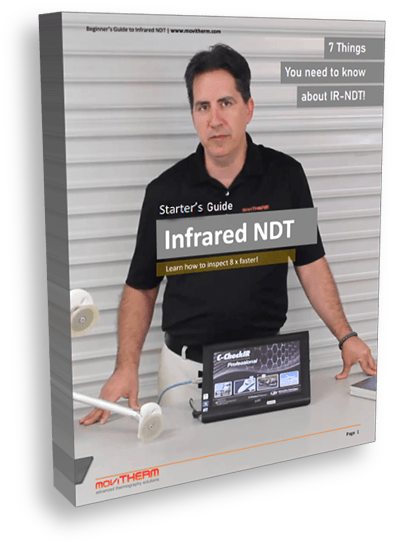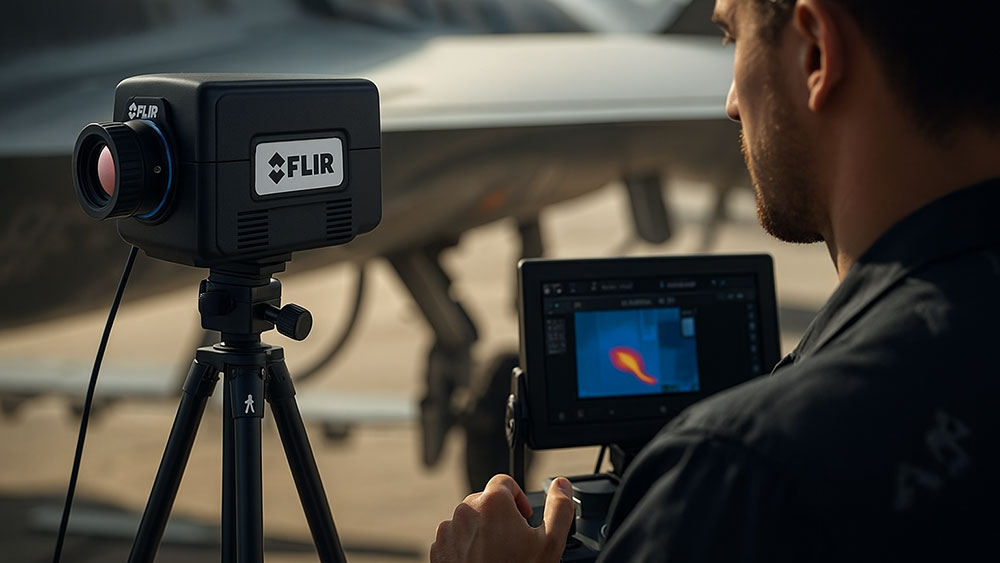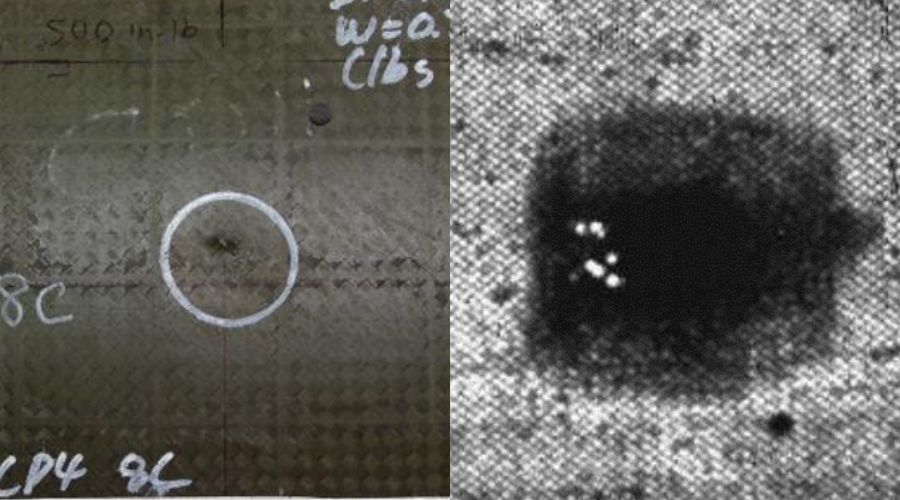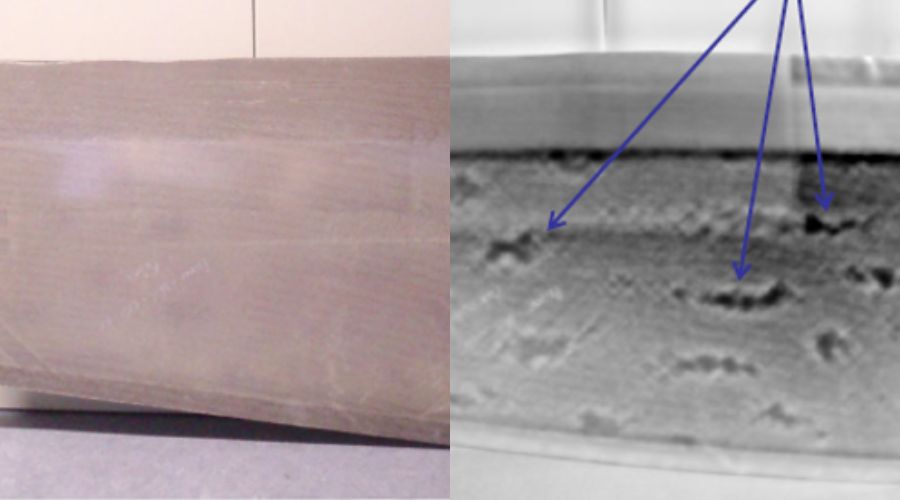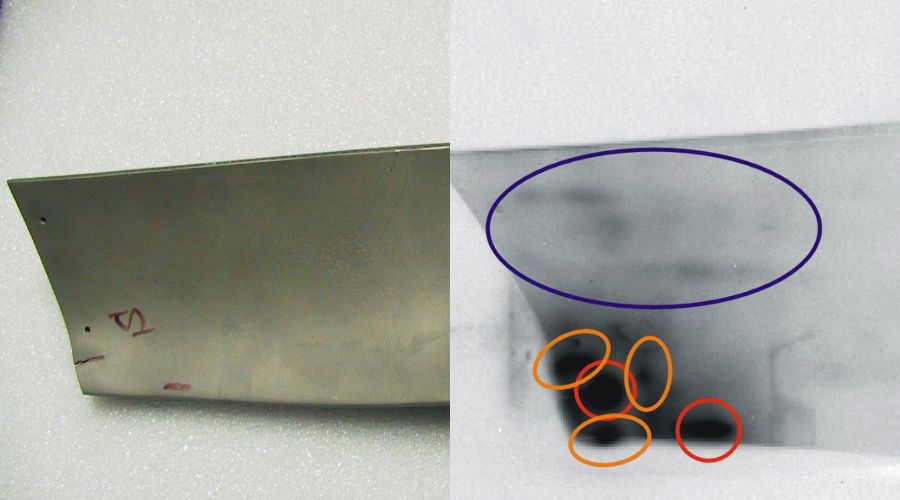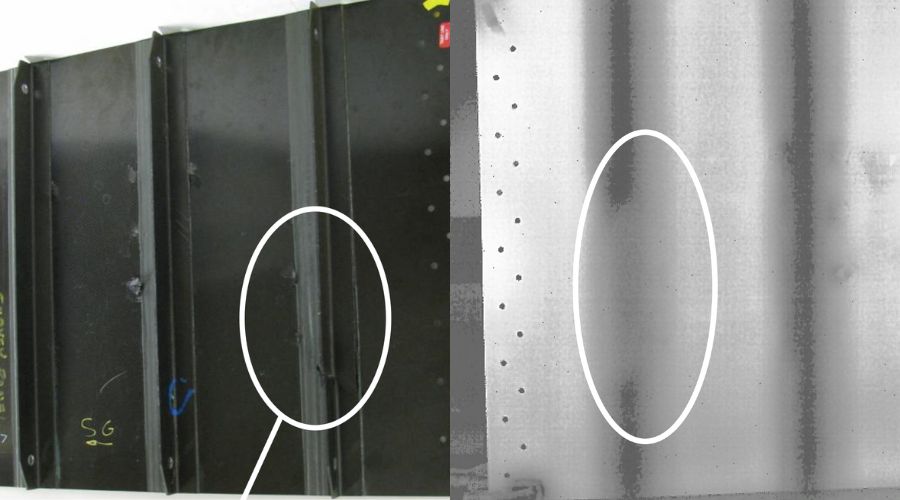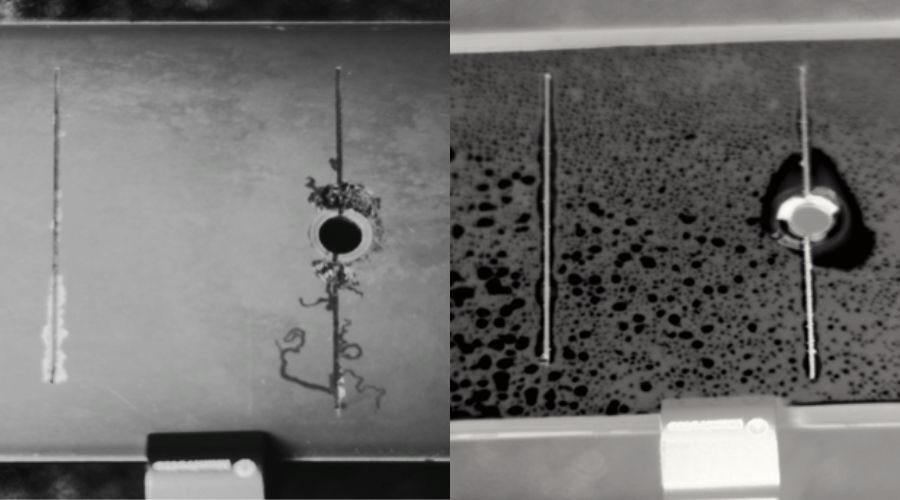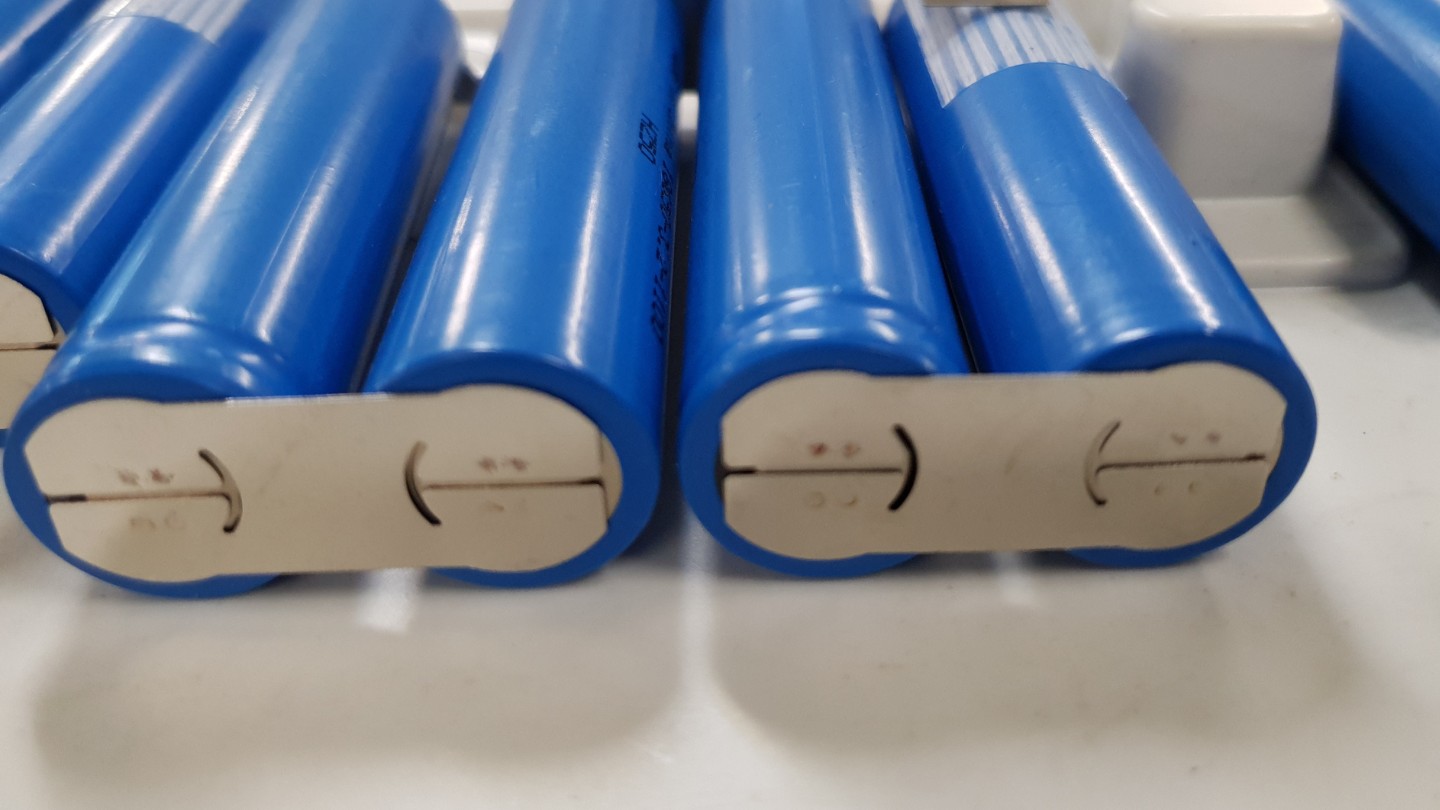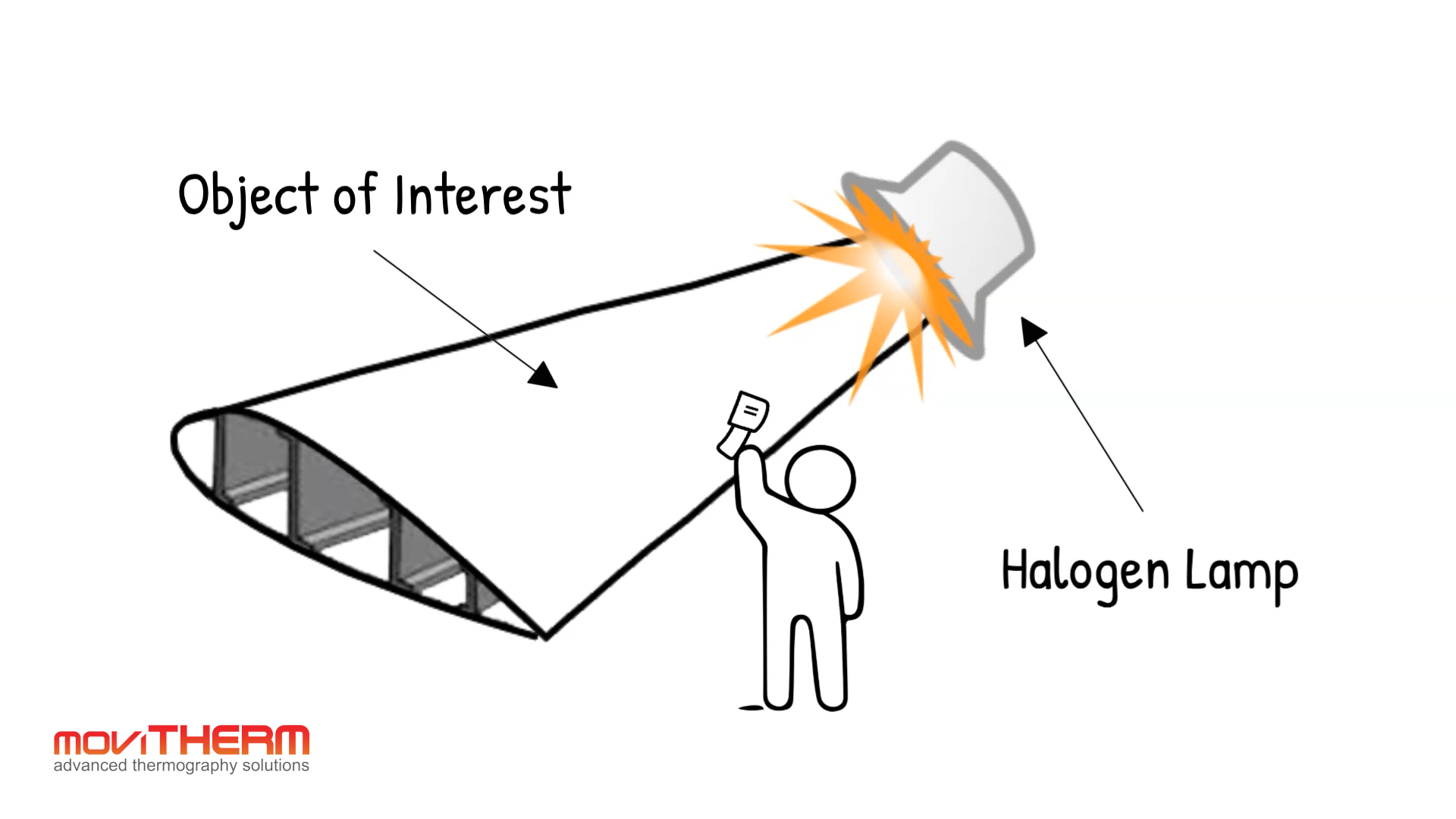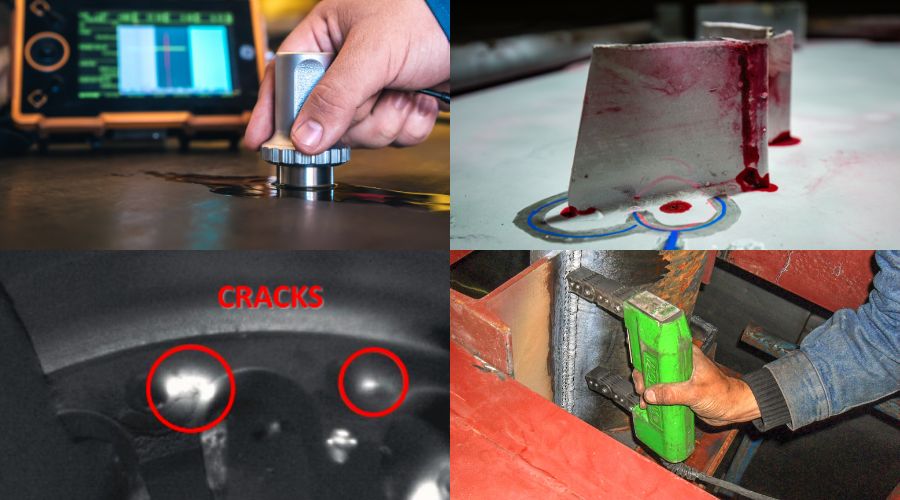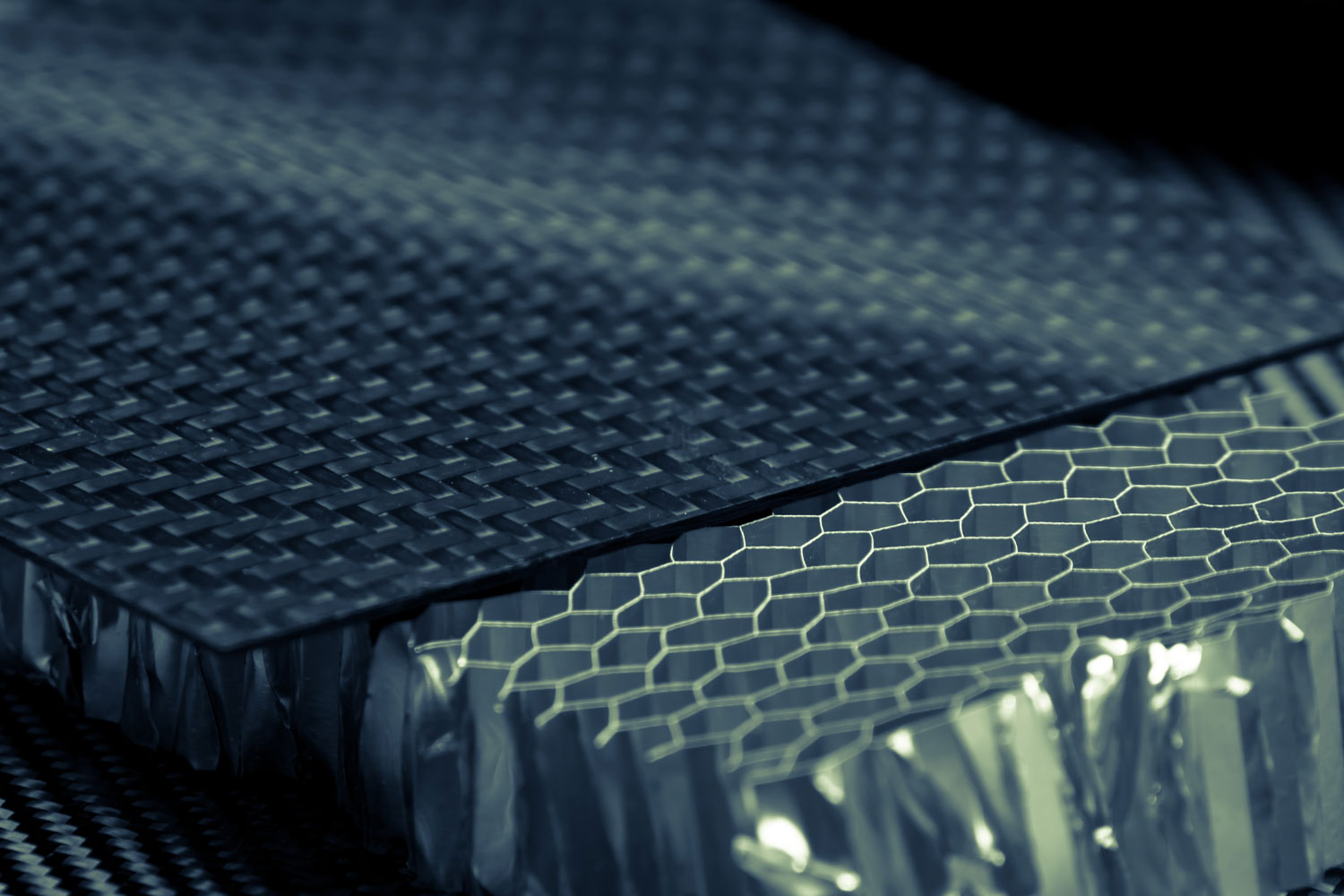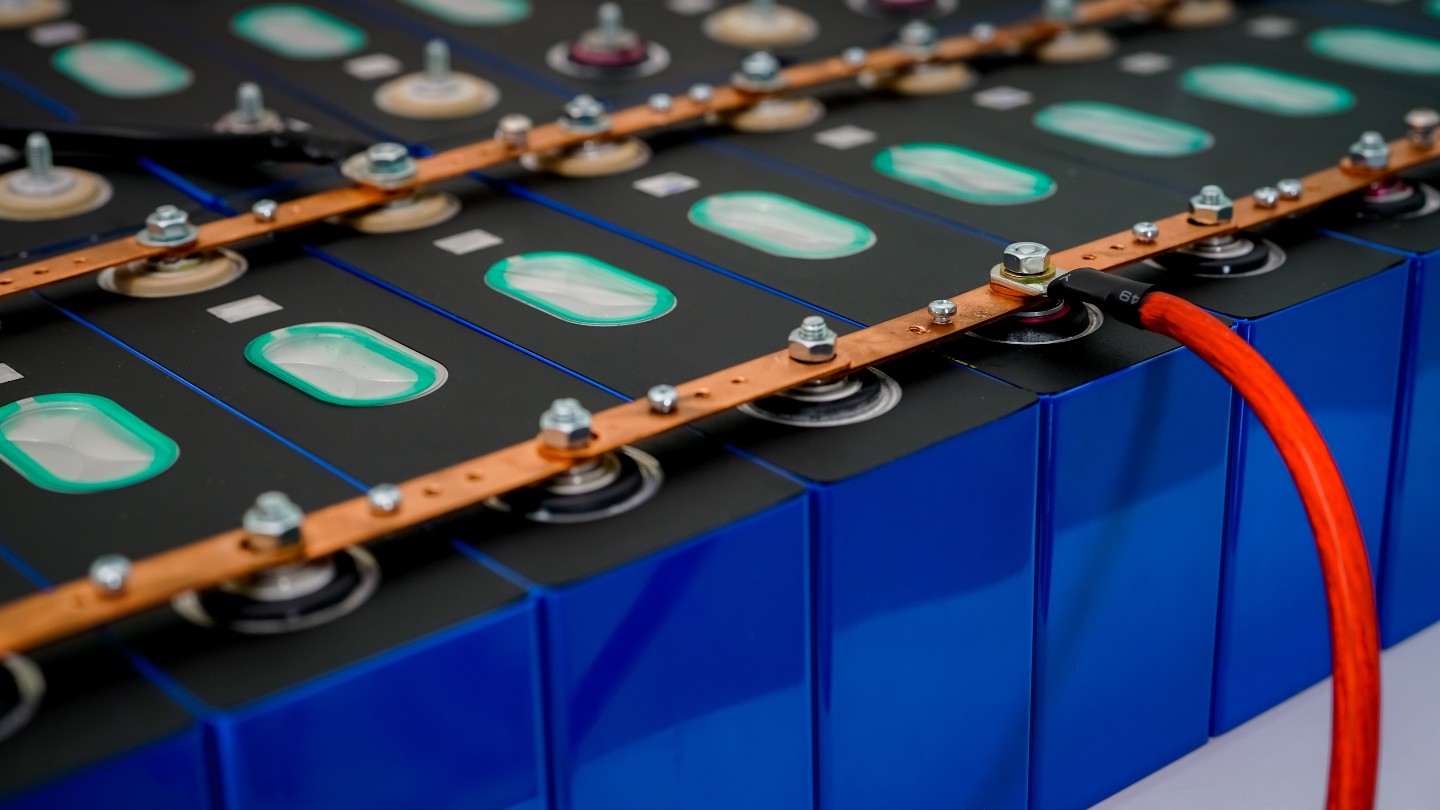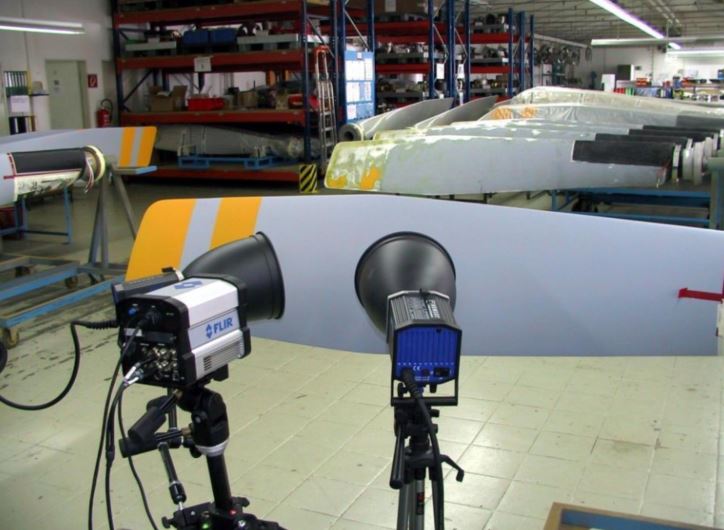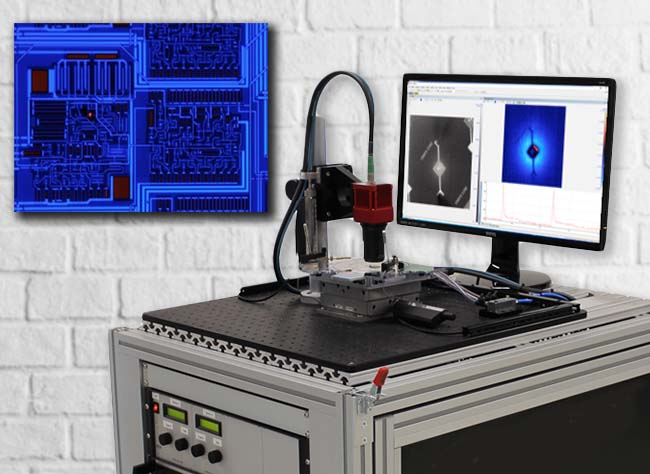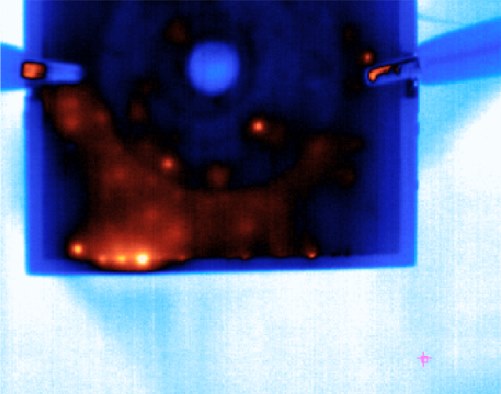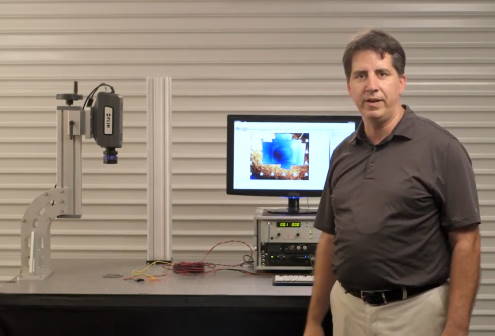What is Infrared Non Destructive Testing and How Does it Work?
Infrared non-destructive testing (NDT) has been around for more than 30 years but has recently gained more momentum.
The momentum is primarily driven by the need for faster inspection times on large aerospace structures. The most widely spread NDT method to date is still ultrasound (UT), but it has its limitations with respect to rapid, large area inspection capabilities.
Infrared non-destructive testing is based on the principle of thermal wave imaging. It is considered an active thermography method, as opposed to a passive method. The active part comes from using an external heat source to warm up the part. Whereas in standard thermography, the camera is usually capturing heat, inherent to the process. For example, when using a thermal camera to check for the temperature of an electrical motor that is in operation.
A passive method does not lend itself very well to an NDT inspection, since the part is typically at room temperature. We call that also being in a state of thermal equilibrium. A workpiece in that state would not create any useful information or thermal contrast when imaged. Hence, the need for an active excitation.
Excitation Methods
The most used methods of excitation for infrared non-destructive testing applications are either a Xenon Flash Lamp or a Halogen Lamp. The flash method is used for “Flash Thermography”. A large amount of energy is stored in a flash generator, on average 6 kilo Joules or above. Upon the start of measurement, the stored energy is discharged in the Xenon flash bulb.
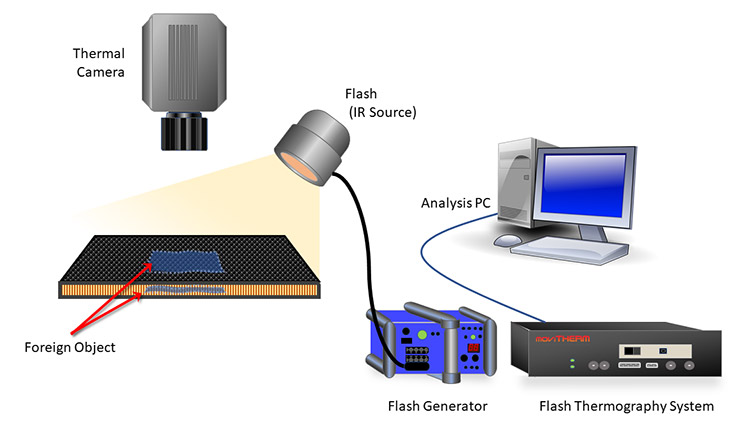
Example of a Flash Thermography System
The discharge happens in a flash in only about 2 milliseconds. This creates a rapid increase of temperature on the surface of the workpiece, which also starts to dissipate immediately. A thermal camera pointed at the part is being used to record a thermal image sequence, thus monitoring the temperature decay on the surface of the part. What happens during this time is that the energy on the surface starts to penetrate the material via a thermal wave. The thermal wave propagates back to the surface and creates a temporal pattern of heat conduction (or the lack thereof).
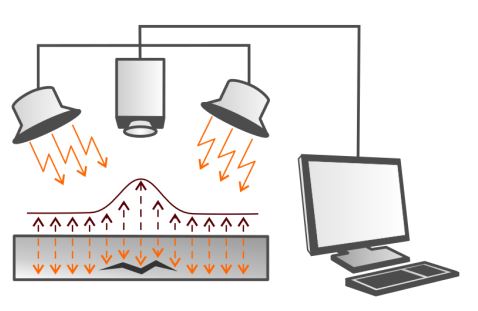
Infrared Non-Destructive Testing
For example, if the thermal wave encounters a void, the heat flow is slowed down. This manifests itself on the surface during the image recording sequence. Although, this technology can not technically “look into” the part, it indirectly can.
Flash thermography is limited with respect to how deep it can find defects. This is due to the rapid heat discharge. There is another active excitation method that helps overcome this limitation. That method is referred to as “Transient Thermography”. The concept is very similar. The difference is the way the heat is being induced into the part.
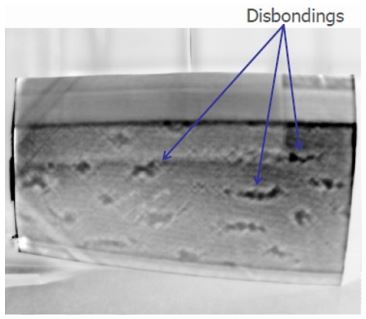
Foam Core Disbond
Neither the flash method nor the transient method will ever heat up the part surface to any temperatures of concern. Remember, we are talking about a “Non” Destructive Method. An infrared non-destructive testing procedure only requires a temperature increase of about 8 to 10 degrees Celsius above ambient. This increase is enough for creating enough thermal contrast in the result images.
About moviTHERM
moviTHERM – Advanced Thermography Solutions was founded in 1999. The company offers solutions for plastic welding, package sealing, and non-destructive testing. In addition, moviTHERM provides IoT Cloud monitoring solutions for thermal imaging applications for early fire detection, machine condition monitoring, and other applications. moviTHERM is a Teledyne Flir Premium Partner and master distributor for FLIR Thermal Cameras for automation and science applications.

